Planning Your National Park Hiking Adventure
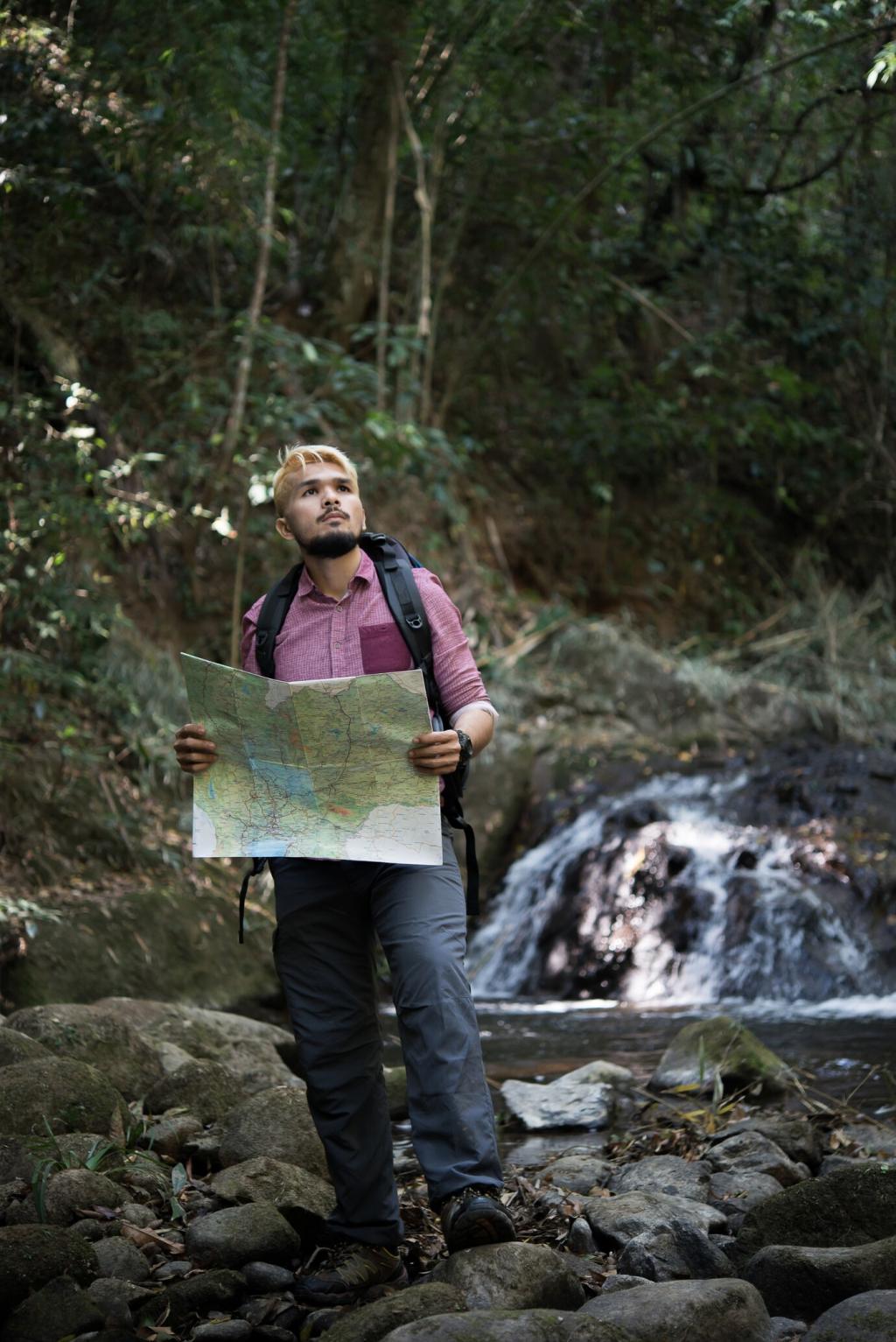
Match your goals to the landscape
Chasing waterfalls, alpine ridges, or desert arches calls for different parks and routes. Identify your must-haves, fitness level, and comfort with elevation, exposure, and remoteness to select terrain that feels exhilarating, not overwhelming.
Time your visit for weather, crowds, and conditions
Snowfields linger well into summer in high country, while desert trails become ovens by noon. Research typical temperatures, monsoon windows, wildfire history, and road openings. Shoulder seasons can trade fewer crowds for fickle conditions.
A quick story: chasing wildflowers and solitude
One June, we timed a short loop for peak bloom after a late snowmelt. Meadows exploded with color, mosquitoes tested our patience, and sunrise felt private. Share your timing wins in the comments so others can learn.
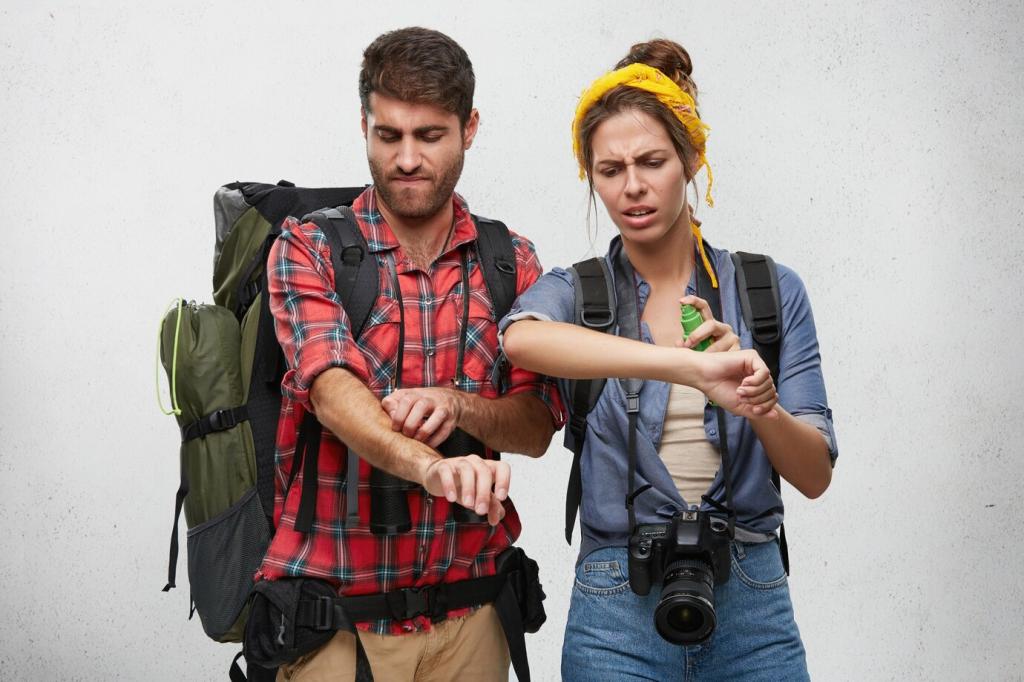
Know your permit windows and systems
Some parks use lotteries months ahead; others release rolling quotas daily. Learn Recreation.gov workflows, local phone numbers, and walk-up options. Set calendar reminders and a backup date so a missed click does not cancel your dream.
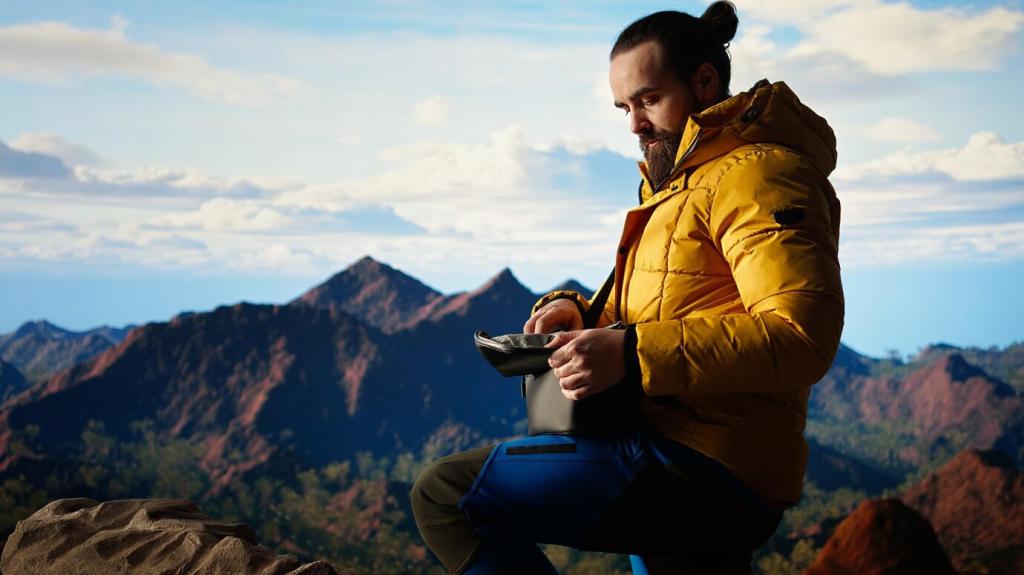
Understand campsite rules and food storage
Designated sites, bear canisters, and specific stove rules vary by park and zone. Read the superintendent’s compendium, not just blogs. Practice with your canister at home so packing dinner does not become a trailhead puzzle.
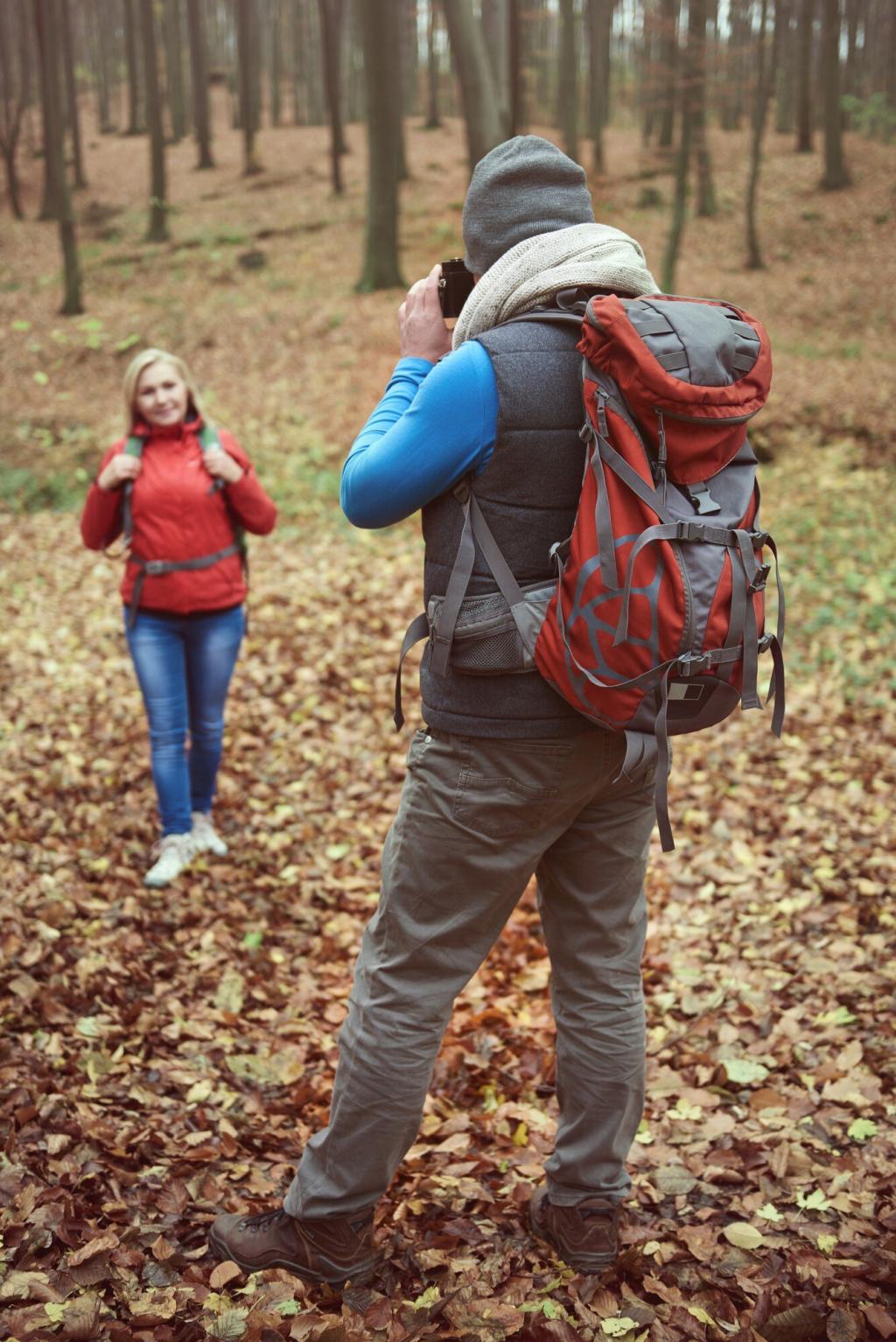
What I learned after a permit scare
We once arrived to discover our reservation started a day later due to a time zone oversight. A kind ranger found a legal alternative route. Now we always confirm dates by phone and screenshot everything twice.
Itinerary Building and Navigation
Combine mileage with elevation gain to predict pace. Naismith’s Rule is a start, but add time for pack weight, altitude, and scenery stops. Build generous buffers and a turn-around time you will actually honor.
Training, Fitness, and Practice Hikes
Build endurance progressively
Stack weekly hikes that increase time on feet rather than just miles. Add hills, stairs, and balance work. Mimic expected terrain when possible so your ankles, lungs, and mindset all adapt together without surprise.
Practice with a loaded pack
Train carrying the weight you will bring, not a fantasy version. Adjust hip belt and shoulder straps, and fine-tune load distribution. Small tweaks now prevent chafing, sore traps, and energy-sapping sway on game day.
Mental rehearsal and navigation drills
Practice locating yourself on a topo without GPS, then confirm with a compass bearing. Rehearse turn-around decisions and wildlife encounters. Mental reps reduce panic, conserve energy, and restore focus when conditions shift unexpectedly.
Smart Gear and Packing Strategy
Dial in the Ten Essentials for your park
From headlamp and layers to repair kits and emergency shelter, tailor essentials to specific risks. Microspikes for spring snow, sun hoodies for desert exposure, and extra insulation for shoulder seasons can change everything.
Food, water, and fuel planning
Aim for calorie-dense meals you actually crave. Verify water sources with recent reports and carry purification backups. In arid parks, liters add up fast. Balance hydration with electrolytes, especially on long, exposed ascents.
Prevent blisters and hot spots before they start
Break in footwear, trim nails, and test sock combinations on shakedown hikes. Pre-tape common rub points and carry a small foot kit. Leukotape saved my heel during a rainy climb when nothing else would stick.
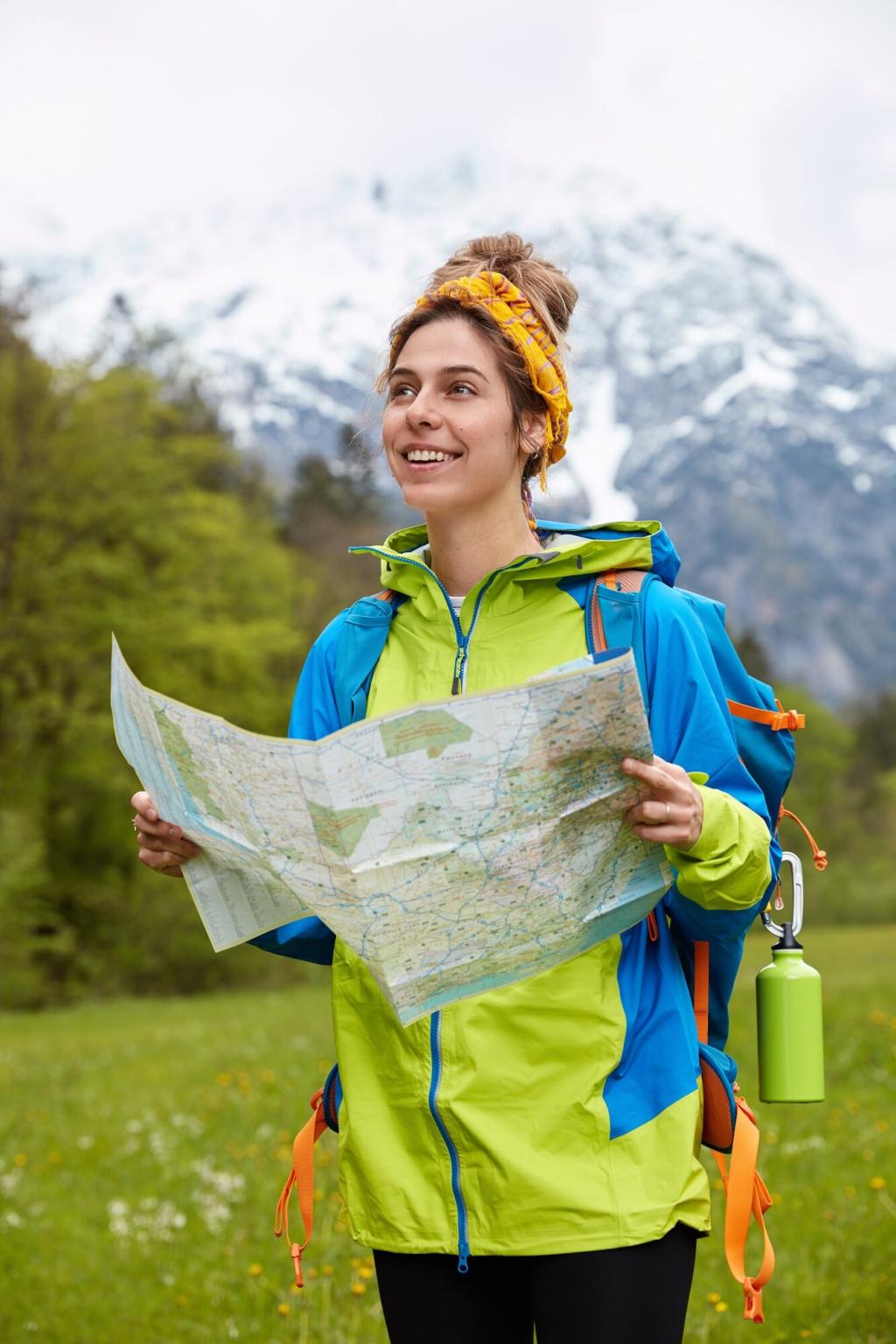
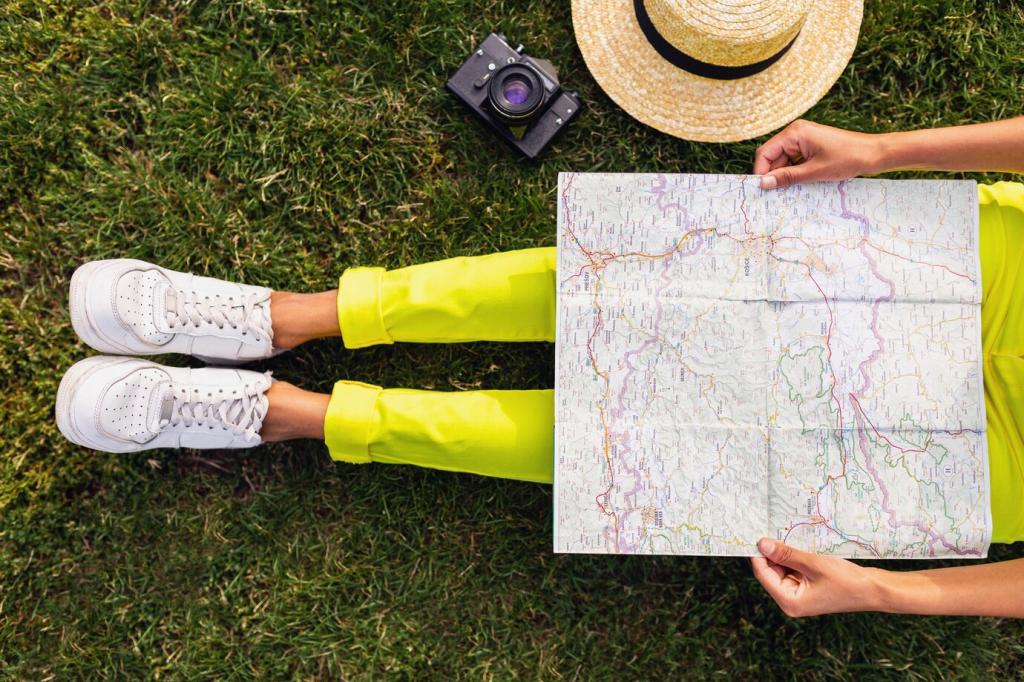

Enrich the Experience: Stewardship and Storytelling
Explore geology exhibits, attend ranger talks, and acknowledge Indigenous histories of the places you traverse. Understanding context deepens every overlook and campsite. Share curated resources with fellow readers planning similar routes.
